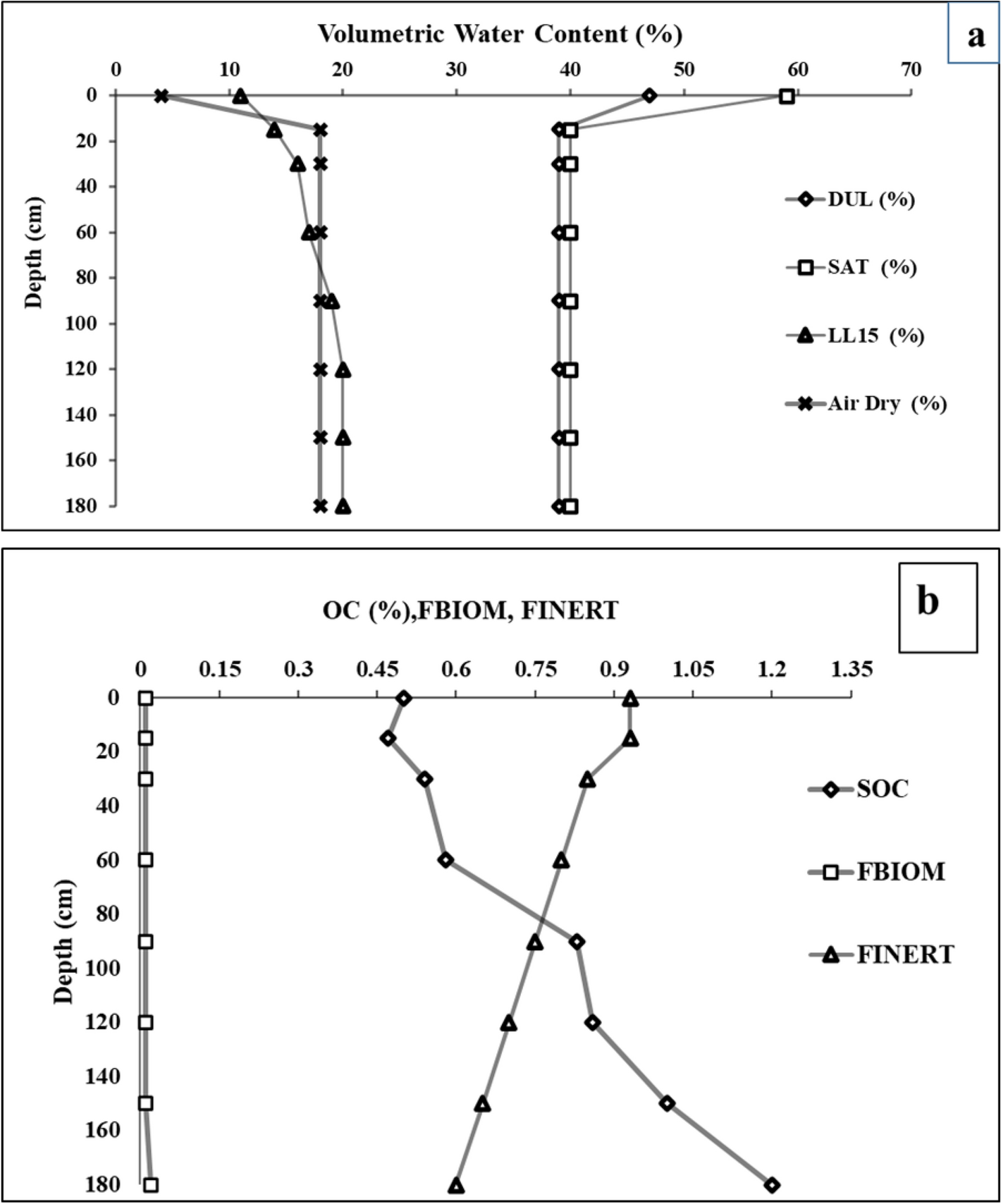

In grasses, meristems at the base of the leaf blades allow for regrowth after grazing by herbivores-or mowing by lawnmowers.įigure 2. Often, the apical meristem of a single branch will become dominant, suppressing the growth of meristems on other branches and leading to the development of a single trunk. Roots and stems grow in length because the meristem adds tissue “behind” it, constantly propelling itself further into the ground (for roots) or air (for stems). Meristem is a type of plant tissue consisting of undifferentiated cells that can continue to divide and differentiate.Īpical meristems are found at the apex, or tip, of roots and buds, allowing roots and stems to grow in length and leaves and flowers to differentiate. The key to continued growth and repair of plant cells is meristem. How do plants grow or replace damaged cells after that? Once cells differentiate, they can no longer divide. As plant cells grow, they also become specialized into different cell types through cellular differentiation. Cell growth increases cell size, while cell division (mitosis) increases the number of cells. Like other multicellular organisms, plants grow through a combination of cell growth and cell division. Most plants continue to grow throughout their lives. There is, and it is called the apical meristem, which is shown here. There must be an area of growth, similar to how the bones in your fingers, arms, and legs grow longer.


 0 kommentar(er)
0 kommentar(er)
